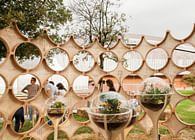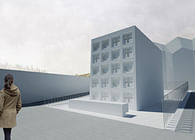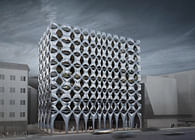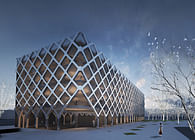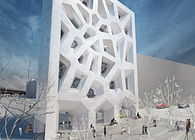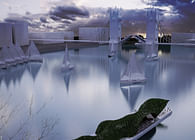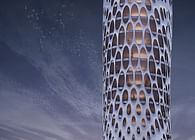
Rome, IT
By definition, a bridge is a structure used as a crossing. It is by nature an element of passage that is solely used when one needs to pass over the obstacle. In the case of Leopold II Bridge, however, it is not only to pass over the Ombrone.
Two stone pillars facing each other, are the memory of the Manetti suspension bridge, how to intervene?
How to return to the place an identity that it seems to have lost in the weakening of the times? Our proposal for Leopold II Bridge strives to better respond to these questions by presenting a proposal that seeks to combine tradition and modernity. The proposed project abandons the “suspension bridge” typology opting for a solution that contains a series of multi-functionality. The ‘key requirement to enhance the old manettiani piers becomes the central focus of the composition.
The closed line style of the proposed bridge becomes an aggregating pathway and exhibition space open to the entire context and its , the main characters will once again be the pylons. It ‘s entirely of wood, with a closed section and quarry, consisting of three upper struts of laminated maple and one lower.
The central spine connecting the two currents consists in a maple grid as are the closing side plates, the joists and the transverse elements of the cut which help to generate a global image of a bridge that is static but at the same time dynamic.
Status: Competition Entry
Additional Credits: Architecture and Landscape Design: OFL Architecture (Francesco Lipari, Vanessa Todaro)
Team: Felice Allievi (Ingegneria) - Rrabatanalab - Marco Grimaldi
Client: Comune di Prato
Area: 300 sqm
Location: Prato
Year: 2011


